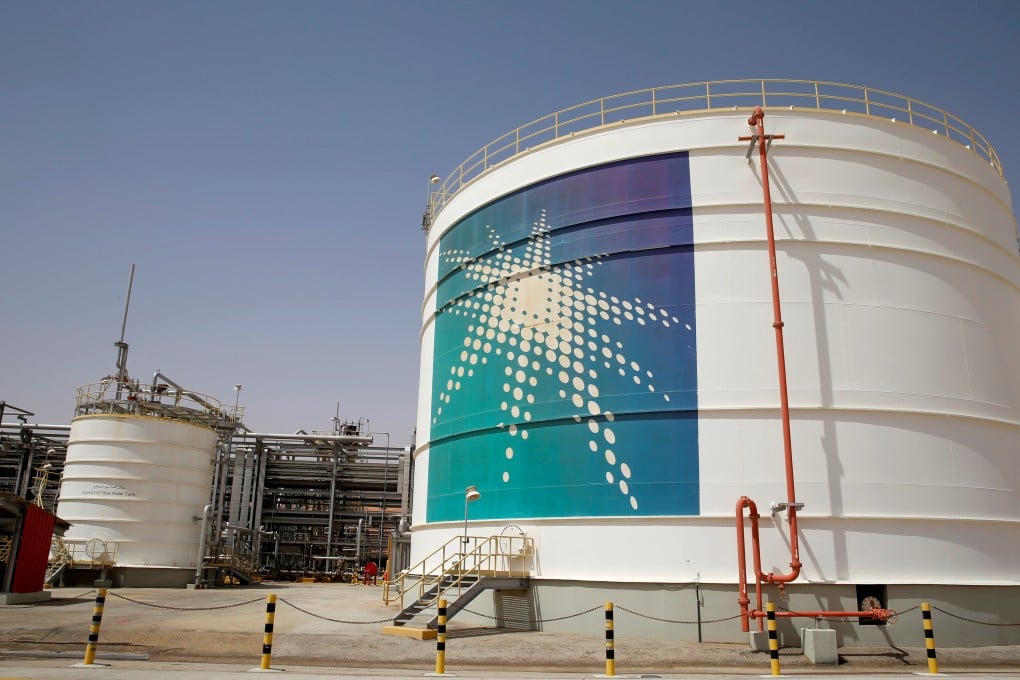Saudi Aramco’s panda bond may be an endangered deal as market’s small size hinders fundraising by oil giants, bankers say
- While Saudi Aramco has listed the yuan as a potential fund-raising currency for a debt issuance, bankers say the market size could hinder the deal
- Year-to-date issuance of panda bonds is down 50 per cent compared to 2018, though some analysts see it picking up in 2021

But it may be easier said than done, according to bankers who arranged the oil giant’s US$20 billion worth of bond fundraising this year and last. Listing the yuan as a possible currency choice is one thing, but it is quite another to actually raise vast amounts of capital denominated in the Chinese currency.
At issue is the pool in which panda bonds – yuan-denominated bonds sold by non-Chinese issuers – trade. In the first 11 months of this year 30 sales of such debt generated US$6.1 billion, down from US$6.5 billion raised through 21 deals in the same periods of 2019, and less than half the U$13.1 billion raised from 45 deals a year before that, data from Refinitiv shows.
For the world’s second largest bond market, that is a mere puddle compared to the 13 trillion yuan (US$2 trillion) generated in the onshore yuan corporate bond market in the first 11 month of this year, according to mainland media reports citing data from CSCI Pengyuan Credit Rating.
“Given the relatively small issue size, panda bonds are unlikely to form a significant part of these oil groups’ overall bond issuance,” said Yim.
He said the US dollar remains the main transaction and funding currency in the oil sector.